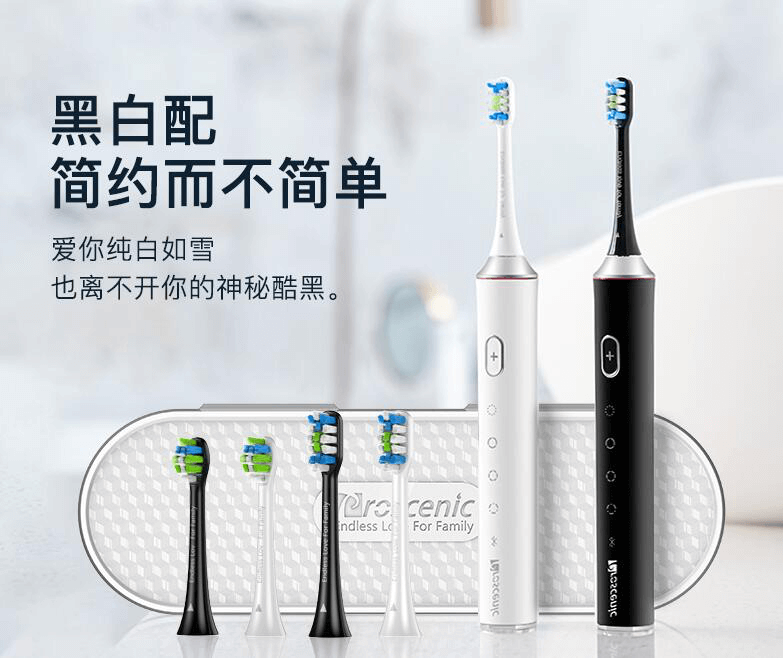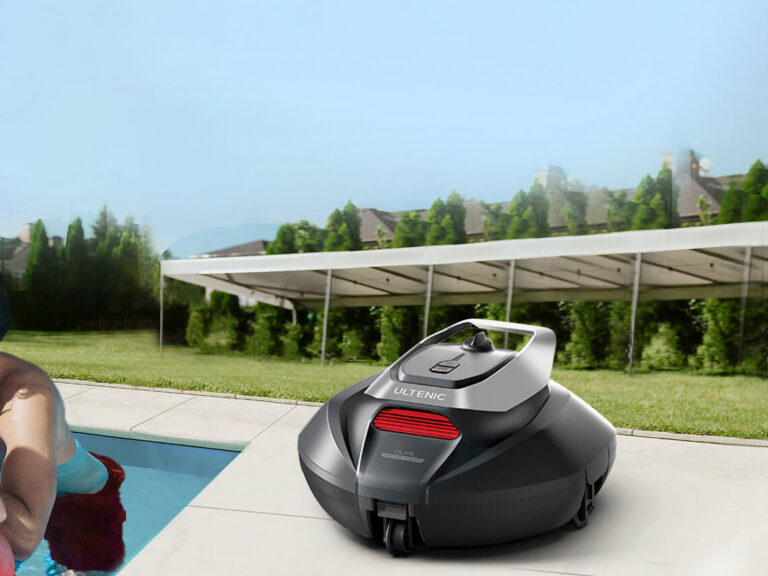Improving the quality of life is a pursuit of our lives, and many people pursue quality living. There are many ways to improve your quality of life through your lifestyle, but the details are even more important. As we all do every day, brushing our teeth is one way to maintain good dental hygiene. If we take care of our teeth well, we can still eat peanuts when we grow old. Isn't that a blessing?
When it comes to brushing teeth, some people insist on brushing 2-3 times a day to have a white and bright smile. Although this effectively cleans food residue from daily meals, is it really beneficial for our teeth in the long run?

According to medical research, when the force used during brushing exceeds 90g, it can cause wear and even damage to tooth enamel. However, our daily manual brushing force is far greater than this value, which is why people who often overbrush their teeth tend to have lower dental health.
The best way to solve these problems is through scientific means, and people have invented electric toothbrushes to compensate for the shortcomings of manual brushing.
Today, commonly used electric toothbrushes on the market are mainly divided into "sonic electric toothbrushes" and "mechanical electric toothbrushes." Compared to manual brushing, using an electric toothbrush can not only reduce the wear and tear on the teeth but also effectively remove dental plaque, reduce gingivitis, periodontal disease, and gum bleeding. So what are the differences between them? Which one is better to use?

To answer the above questions, we only need to understand these two types of electric toothbrushes.
Firstly, the Sonic Electric Toothbrush:
Regardless of whether it is a sonic or mechanical toothbrush, they are powered by an electric motor. The working principle of a sonic electric toothbrush is that the motor works stably to produce high-frequency vibration, which is then transmitted to the brush head, making the frequency of the brush head vibration reach the frequency of sonic vibration. When brushing, it drives the toothpaste foam and water flow to form a clean stream, continuously washing the teeth to achieve a cleaning effect.
Advantages of Sonic Electric Toothbrush: It does not cause damage to the teeth since it relies on sonic waves to drive water flow to clean teeth, providing better protection for the teeth during the cleaning process.
Disadvantages of Sonic Electric Toothbrush: It tends to lean towards gentle cleaning as it may not provide enough force to the teeth, so its short-term cleaning effects may not be obvious.

In contrast, the Mechanical Electric Toothbrush:
The working principle of a mechanical electric toothbrush is that the motor works stably and drives the brush head to rotate in a fixed direction when brushing, creating high-speed friction on the surface of the teeth to achieve a cleaning effect.
Advantages of Mechanical Electric Toothbrush: It fits closely to the surface of the teeth while brushing, and can achieve effective cleaning results in the short term.
Disadvantages of Mechanical Electric Toothbrush: Although it does not produce as much friction as manual brushing, the high-speed rotation still causes damage to the surface of the teeth.
Summary: So, which is better between the sonic and mechanical electric toothbrushes?

Having understood their characteristics, the best choice is to complement each other's strengths and weaknesses. You can start by using a mechanical electric toothbrush for cleaning, effectively removing stubborn plaque in the short term, and then switch to a sonic electric toothbrush, which can maintain dental health without causing damage to teeth in the long run.
Additionally, if someone's teeth are already not in good condition, it is recommended to use a sonic electric toothbrush instead. Unlike manual brushing that can cause damage, a sonic electric toothbrush can take better care of dental health.



